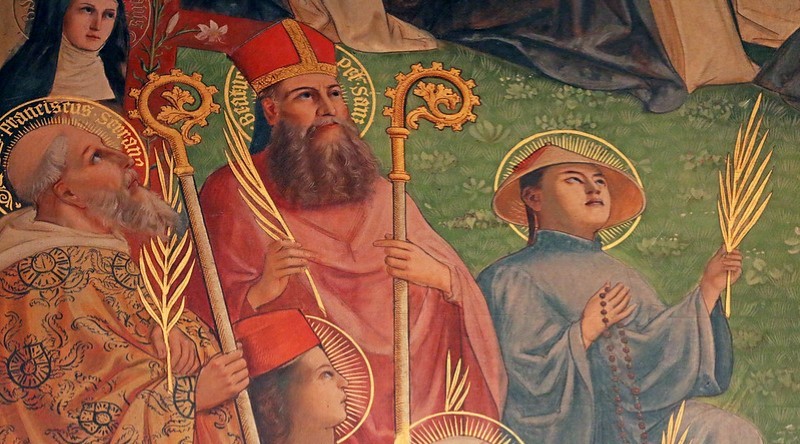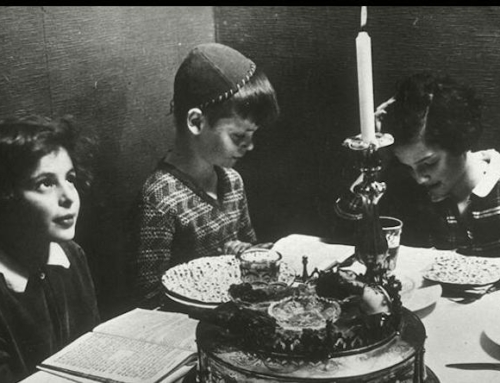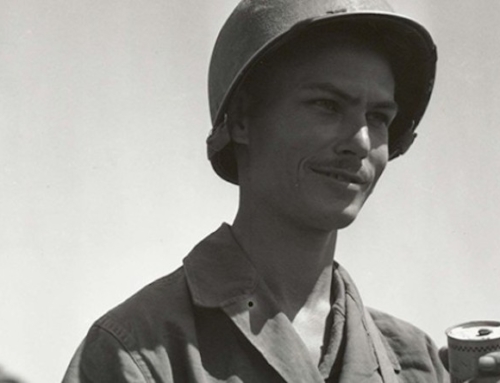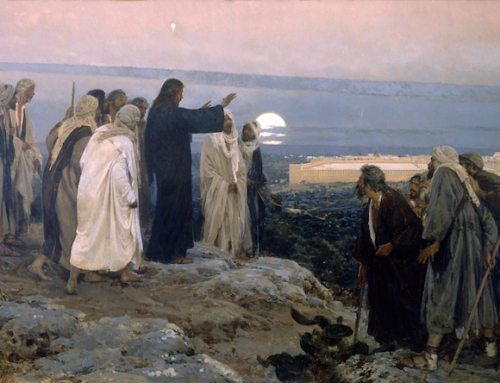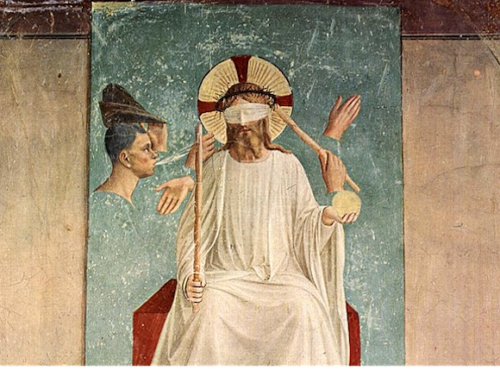2023 Summer Reading Recommendations:
Ancestors, Virgins, and Friars by Eugenio Menegon
China’s Fujian Province has an honored place in the history of the Dominican Order and the Province of St. Joseph. Friars of our Province served in Fujian from 1923 until 1955, when our last three men there were released from Communist captivity. One of our missionaries, Fr. James Luke Devine, was martyred there in 1947. These men followed in the steps of the 17th- and 18th-century Dominican saints who likewise crossed the Pacific to preach in Fujian. Eugenio Menegon’s book Ancestors, Virgins, and Friars tells the inspiring story of that earlier Dominican mission.
Ancestors, Virgins, and Friars is a detailed study of the Dominican-led Catholic community in Fuan, a town and region in northeastern Fujian, between 1632 and the 1840s. Menegon portrays Catholicism in Fuan as a locally-embedded religion embraced by gentry and commoners alike, at home in Fujian’s religious landscape yet with major departures from Confucian norms. This study of the friars’ mission in Fujian offers a counter-model to the usual Jesuit account of the Chinese missions, in which conformity to Confucian orthodoxy was framed as a prerequisite for preaching in China.
In the first half of the book, Menegon outlines the history of the Fuan mission, highlighting the agency of the local laity and the adaptability of the friars. The Dominican mission in Fuan began through the initiative of local gentry who invited the first friar to preach there. One of these literati, Joaquín Guo Bangyong, lived for three years in a priory in Manila and sailed back to Fuan with more friars, working alongside them as a spokesman, catechist, benefactor, and church-builder. For their part, the friars set aside long-hindered plans to enter southern Fujian and learned a different dialect to preach in the province’s northeast. When waves of anti-Christian persecution hit Fuan in 1723 and 1746, local families hid the Dominicans in secret rooms and underground pits as the friars carried out their ministry by night. To the bewilderment of imperial governors, Catholicism had become an entrenched custom in Fuan, one that officials on the ground were generally reluctant or unable to stamp out.
In the book’s second half, Menegon focuses on distinctive features of the Catholic community in Fuan. The friars’ ministry was unmistakably Catholic—they focused on administering the sacraments and instructing the faithful in Christian doctrine and devotion, aided by the works of St. Thomas Aquinas and Louis of Granada. The faithful in turn sanctified their common life through family rosaries, lay confraternities, charitable works, and public processions during periods of reduced persecution. Fuan’s Catholics re-situated traditional ancestral piety within the context of Christian worship, accepting and defending the friars’ teachings not to offer oblations to their ancestors but instead to offer Masses and prayers for deceased relatives in purgatory. Further departing from Confucian norms, the faithful in Fuan highly esteemed religious consecration, leading the region to produce not only local Dominican priests but also numerous beatas, consecrated virgins of the Dominican Third Order, who took the Roman virgin-martyrs and St. Rose of Lima as their models. Menegon highlights that the beatas’ abstention from marriage was one of the practices of Fuan’s Catholic community that was most contrary to state-enforced Confucian values. During the persecutions of the mid-18th century, imperial bureaucrats ordered beatas to be forced into marriage and the prioress Teresa Guo Quanshi to be imprisoned and tortured.
Although it is a challenging read due to its density, its abundance of Chinese terms, and a few unedifying passages, Ancestors, Virgins, and Friars is an outstanding resource on a chapter in Dominican history that ought to be better known. Menegon’s book can introduce readers to China’s proto-martyr, St. Francis de Capillas (†1648), the bishop-martyr St. Peter Sanz (†1747), and the remarkable laymen and beatas who labored with them in Fujian. The figures in this book lived relatively recently in a part of China linked by blood to the Province of St. Joseph. I offer them to our Province’s friars and friends as models for our consideration today.
✠
Photo by Fr. Lawrence Lew, O.P. (used with permission)

